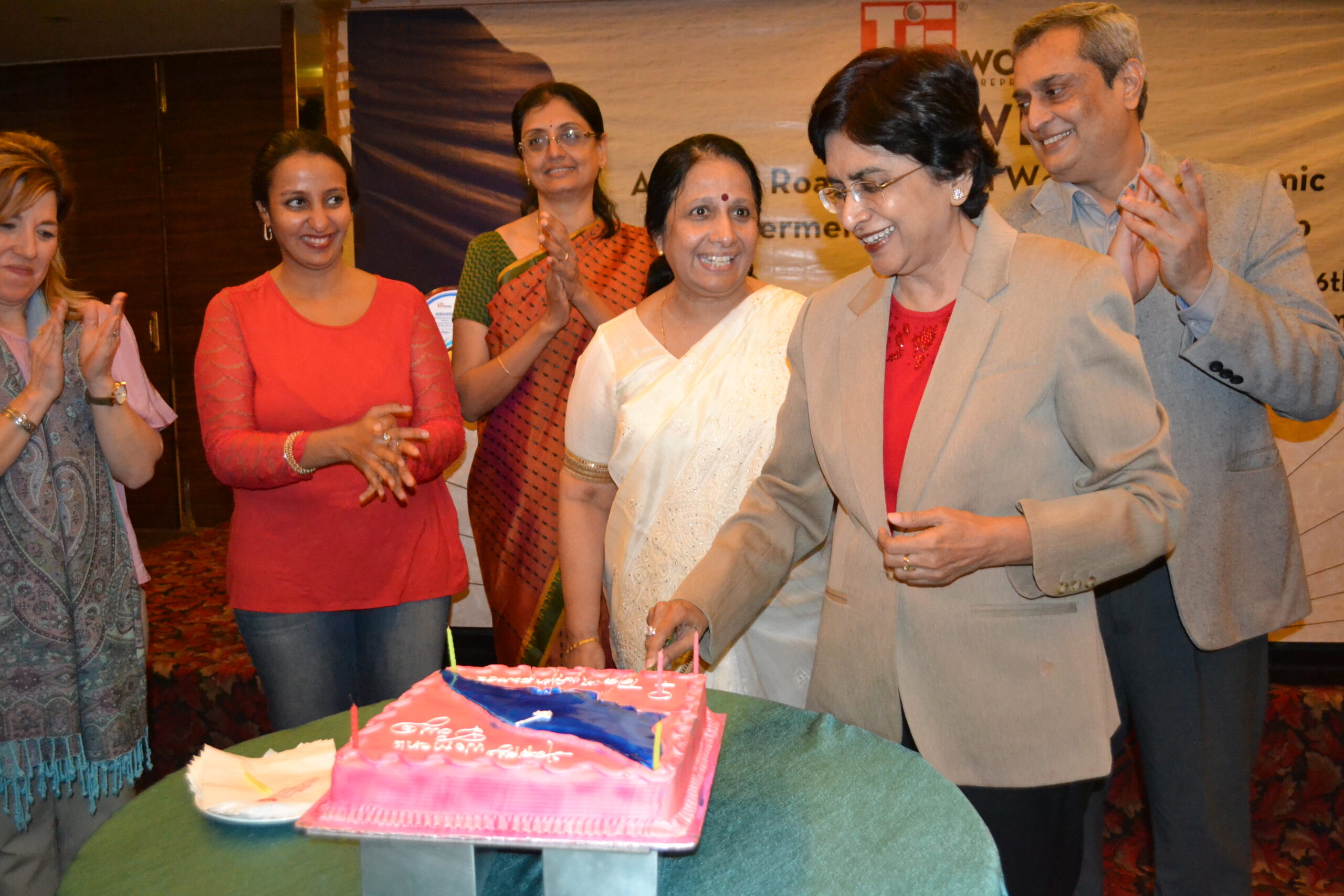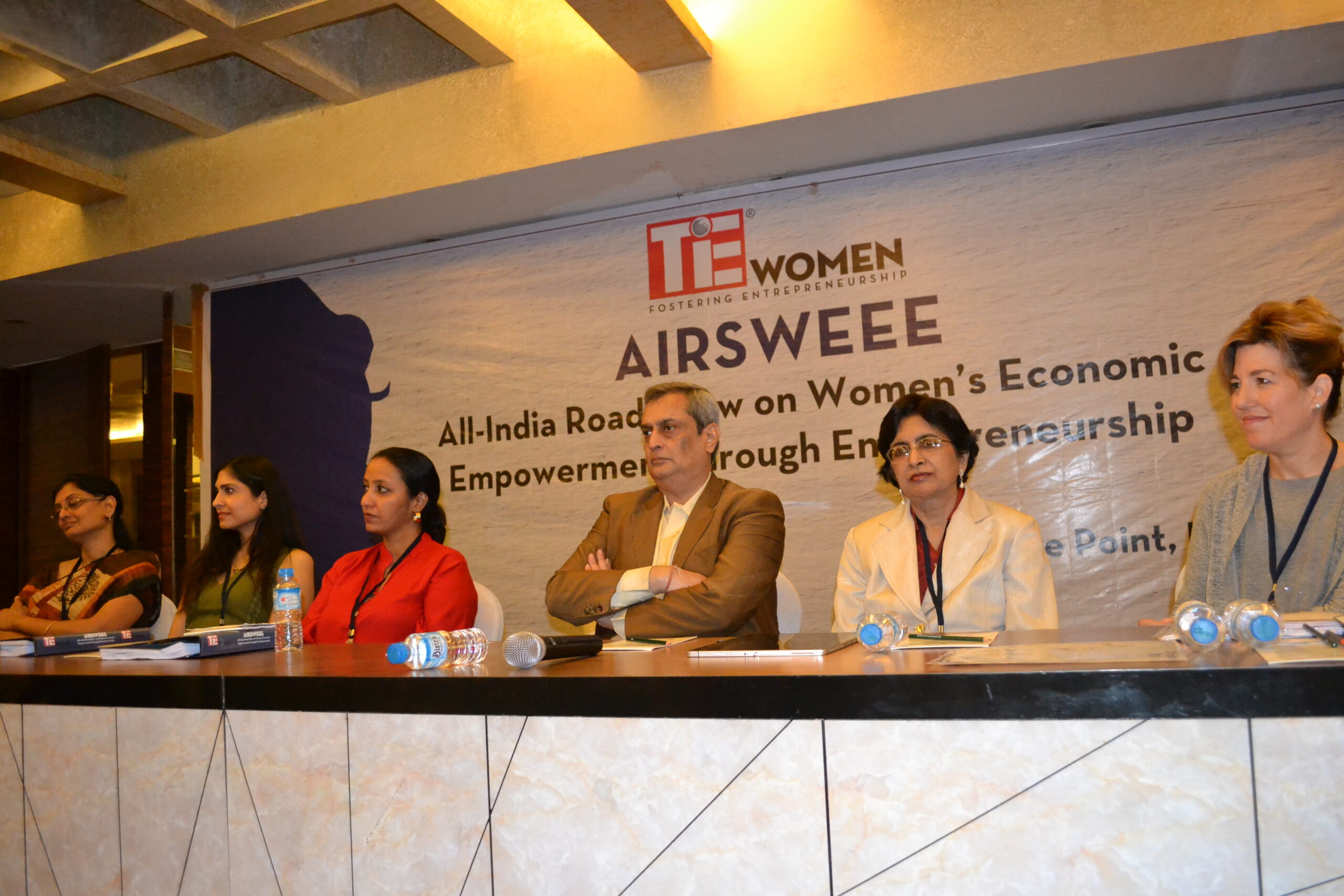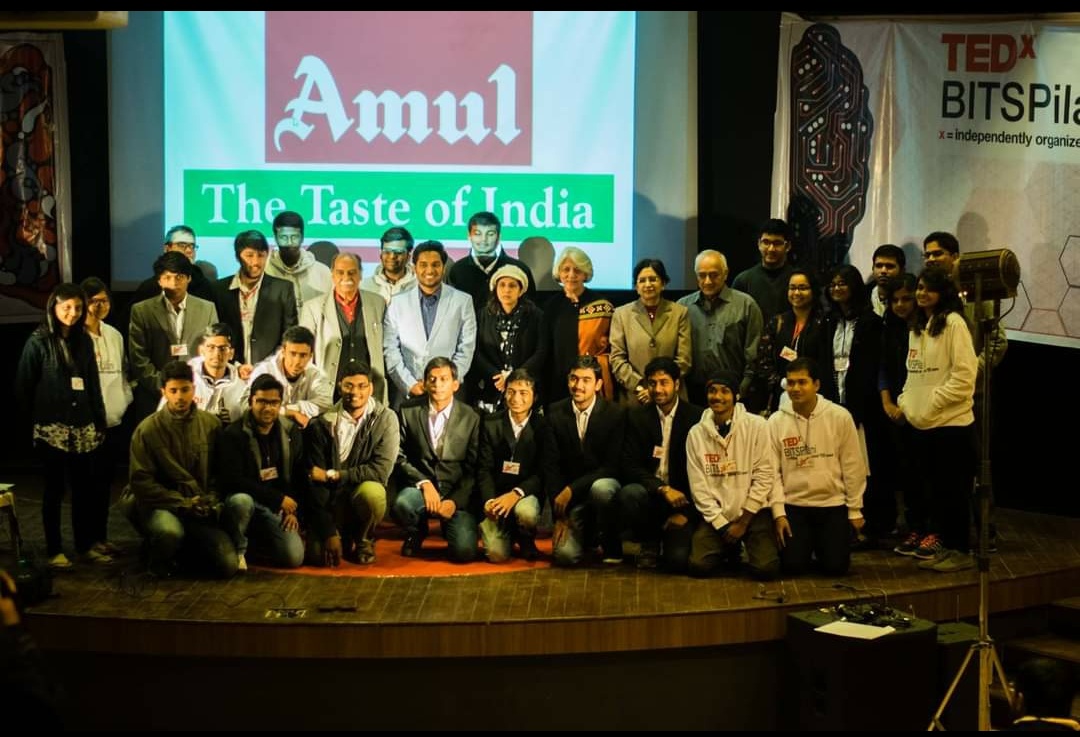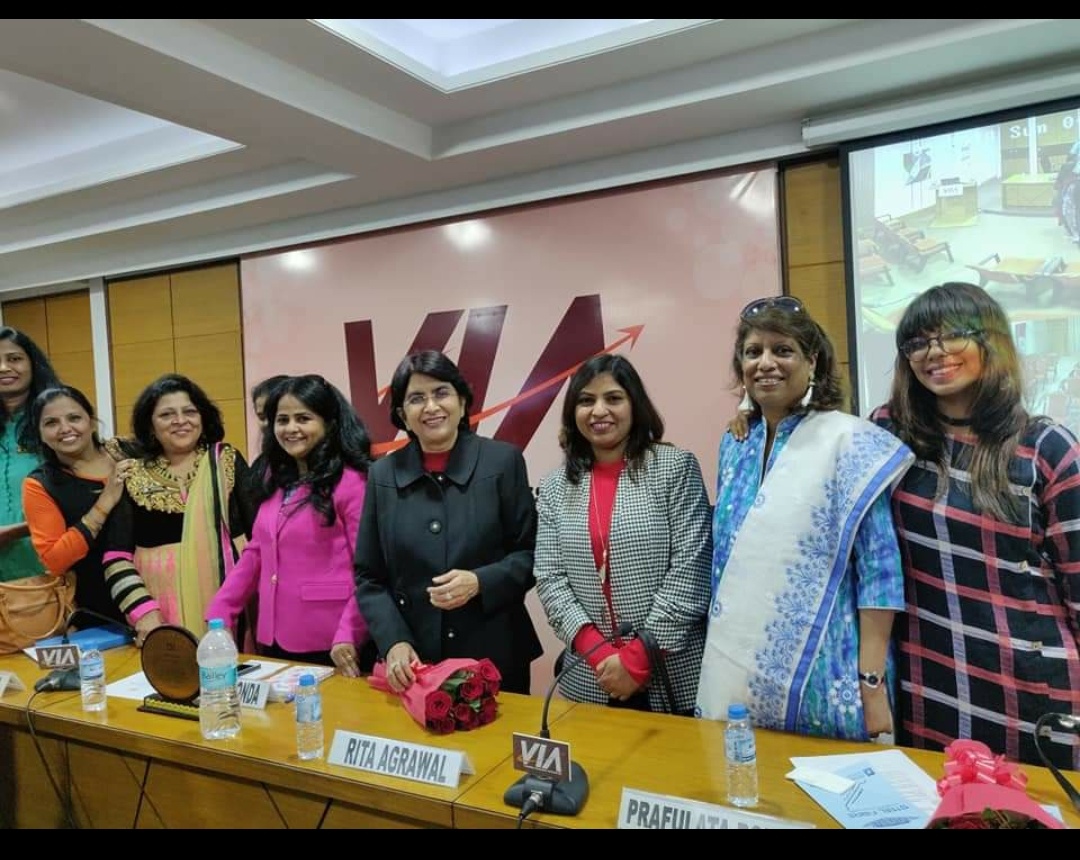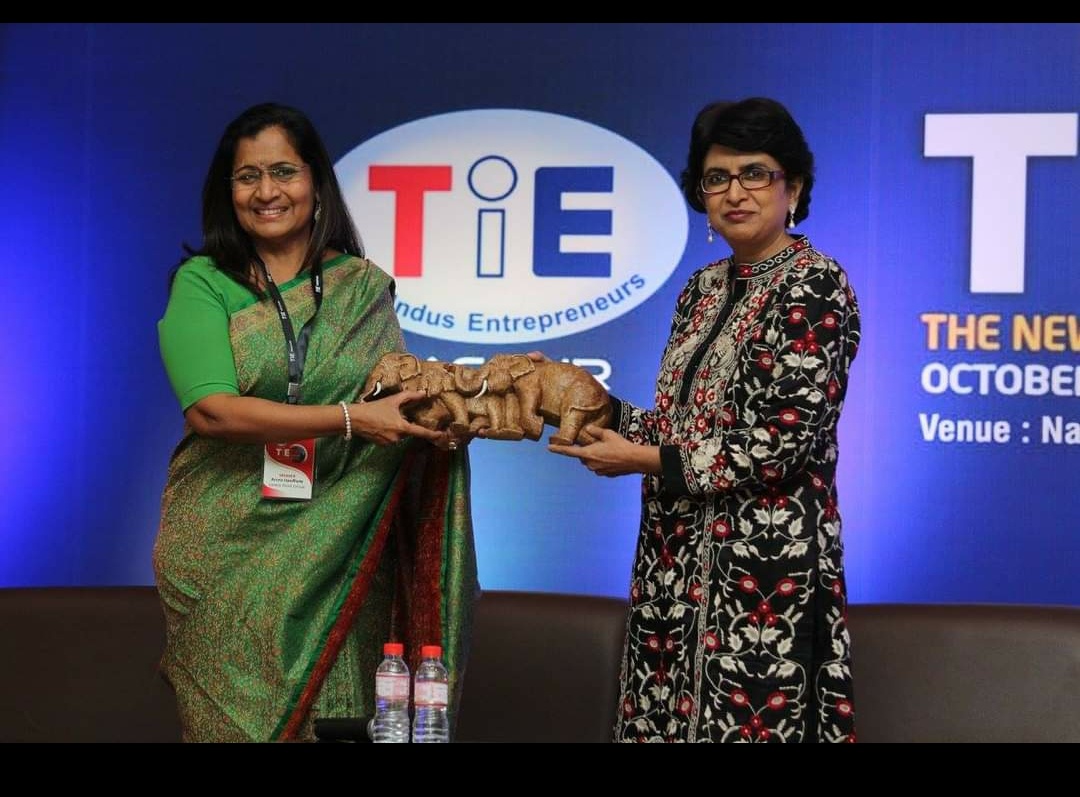“Self actualisation and self realisation”- 20 August 2017.
Life is like the battle-field of Kurukshetra where Mahabharta takes place. Life throws up challenges that are strange and unique to you. Since each individual is unique in their own way, each one has to face their own set of challenges as part of their very own destiny. But we must remember what the great Hindu monk who established the order of the Rama Krishna Mission, Swami Vivekananda, said that ‘divinity is within us, each one of us has infinite strength within and we have to tap that source of strength within us’. The process of education and training is all about the manifestation of the perfection and divinity within us.
Nature is beautiful when it is in full bloom. When a flower blossoms to its fullest, when a tree is laden with fruits, when a bamboo grows to its fullest height of being 100 feet tall, it’s a lovely sight. The seed of a banyan tree is very small but it grows into a majestic plant because the potentiality is within it. Every human being has its own seed of potentialities and the challenge is to manifest it against all diversities and adversities. There are two principles that can be our guiding lights towards self fulfillment and becoming a wholesome and fully blossomed human being –those principles are – self actualization and self realization.
The concept of self actualization was defined by Abraham Maslow an eminent psychologist who explained the hierarchy of human needs in a pyramid form with the lowest needs at the base of the pyramid and the highest ones at the top. The lower needs are the survival needs like food water sleep, then we have the security needs –we want money, a job, a shelter, the next level consists of the need for love and belonging, family and friends, but the highest need is the need for self-actualization- the need to grow to your fullest potential. According to him a large majority of people remain at the level of mediocre needs of being secure, having a job, raising a family and being happy. A miniscule percentage of people aspire for the higher need of self actualization and work hard to achieve it. Privileged people should not be happy with small aims and as such must rise higher to empower themselves with the need for self actualization.
Carl Rogers another eminent psychologist called it the fulfillment of your potentialities –the urge to expand, extend, develop, mature- the tendency to express and activate all the capacities of the organism or the self. C. Mihaly calls it the process of differentiation where the self grows in all possible directions to differentiate itself and express its creativity and potentiality. This is also called individuation or development of autonomy.
Self actualization can be achieved with setting high goals, motivating one-self to do better and better, competing with oneself, competing with others and the world. It is also done by setting unique goals or deciding to make a long term commitment to a single cause. As the individual develops and evolves and attains various types of knowledge and skills he understands the bliss of excellence. It elevates the individual to higher levels of existence and makes him engrossed in his quest for perfection. His creative juices just flow like a stream. It also brings in material rewards besides subjective happiness.
But the quest for self actualization is known to have major limitations. The western world is under the influence of this concept and has pushed it to nearly obsessive levels. In the process of individuation and self actualization it has cared less for finer human values. It has cared less for social and psychological harmony. That is one of the significant causes for so many creative geniuses with lop sided personalities, fragmented within, conflicted within, with egocentric and eccentric traits, maybe destructive and evil too.
But C. Mihaly also states that actualisation alone is not enough for evolution for we need to integrate all the parts of the self to harmonise the self. Till we do that we may remain fragmented and conflicted within. That is why we see many creative geniuses who have actualised their talents have dismal personalities. They come across as eccentric and egocentric people. They may have social disdain and have no connection with people and society. They may not necessarily be good human beings. They have gained in the process of individuation but have lost out in humanity. Today’s society is obsessed with the creative genius but that has led to an imbalance because social and psychological harmony that has been neglected. That is a heavy price to pay.
Indian thinkers of ancient times had understood this dangerous possibility of the human individual going astray in the quest of excellence. They evolved a cogent thought called Vedanta, the essence of the wisdom embodied in the Vedas. They gave to the world a whole range of thought and action which is explained by the four goals or achievements of human life, also called the Purusharthas-Dharma, Artha, Kama, and Moksha. Let us understand the meaning of the Vedanta quadrangle. Artha is the fulfillment of your-self, your job, your work, your status, your wealth that you earn, etc. Kama is the pleasures that you seek in whatever form, whether physical or mental. These two tenets Artha and Kama cover the entire theory of Abraham Malow’s need hierarchy including self actualization. But Vedanta goes beyond that to mention Dharma and Moksha which lead to Self Realization.
(To be continued..)
